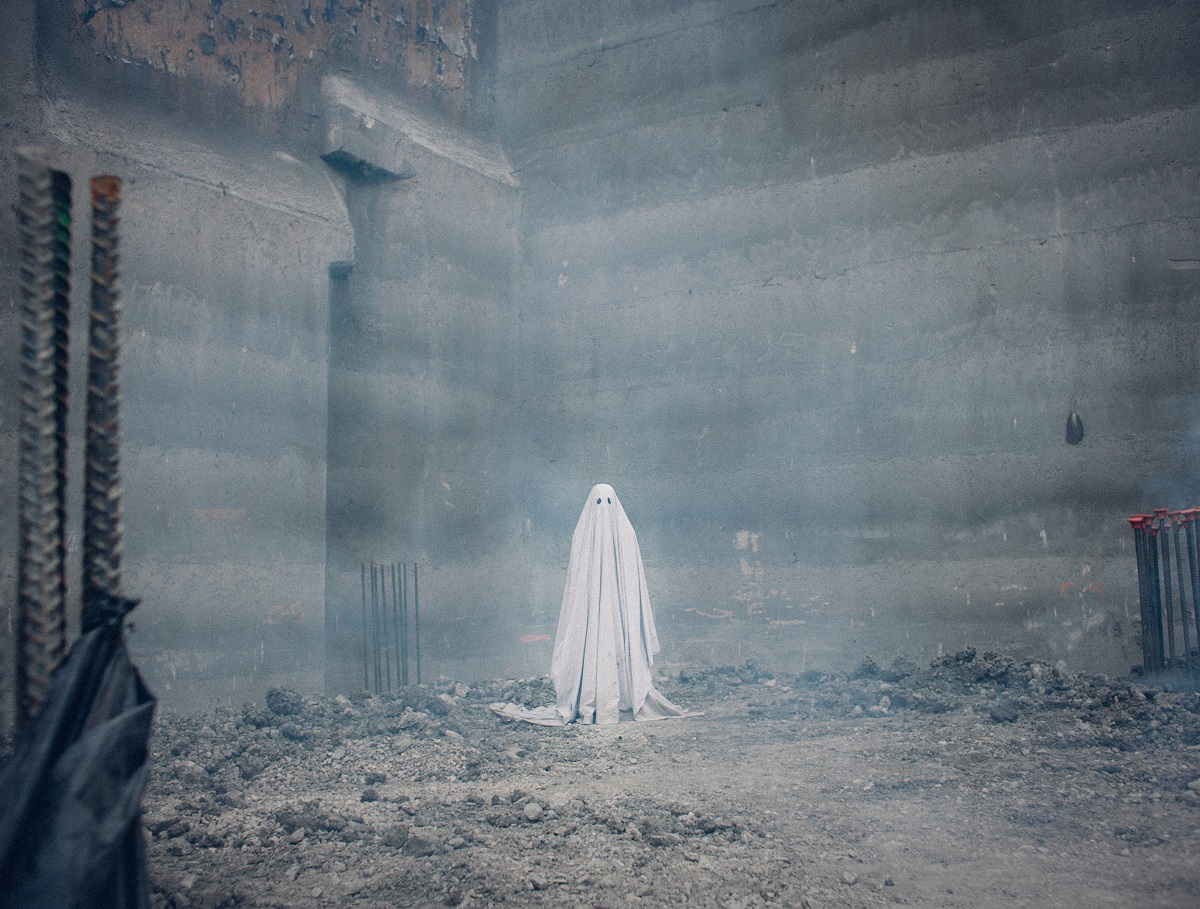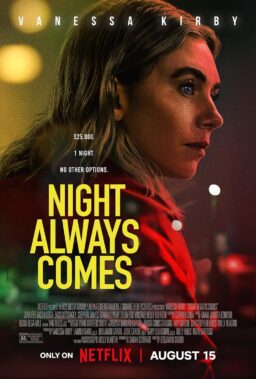“Fuck the system. We have our own system. We make our own rules. We don’t answer to no one.”—Terrence Malick, “Song to Song”
For more than a century, humans who go to the movies have relied on essentially the same set of narrative conventions for comfort, catharsis and entertainment. We have been told over and over that heroes are rewarded, villains are punished, and romance is destiny. It’s what we want to believe. Zooming in closer, we may measure the events of our lives alongside the story beats of the three-act screenplay: the introduction of our family of characters, the striving/messy middle, the “all is lost moment,” and the satisfying denouement we hope awaits us. These conventions have gotten us through foreign wars, attacks on our soils, profound political disillusionments, painful personal traumas, and the turn of a millennium.
Narrative conventions persist in part because we are afraid to deviate from them too seriously. Without them, our world might seem chaotic, or our existence purposeless. That’s a terrifying proposition, but writer-director David Lowery is not afraid. His independent films—“St. Nick,” “Ain’t Them Bodies Saints” and his latest “A Ghost Story”—shove narrative conventions aside and forge a brave, new path (the Disney-made “Pete’s Dragon,” while wonderful, is an exception). His elliptical films linger for what feels like an eternity on small, intimate moments, while scenes that would feel like major set pieces in other films are excluded altogether. It’s a cinema of narrative “displacement,” which in Freudian terms occurs when the mind unconsciously substitutes a new reality for one deemed dangerous or unstable. Lowery’s films react to the profound terrors of this world by arguing that the old conventions no longer suffice.
Consider “A Ghost Story,” a tale of intense passion and overwhelming grief in which people are driven by love to transcend space and time. Curiously, it is almost free of emotional expression. For most of the movie, we don’t see our protagonist’s face, which is hidden under a billowy, white sheet. We don’t see its romantic leads—known only as C (Casey Affleck) and M (Rooney Mara)—meet, fall in love, fight, and break up. We don’t see M’s face contort with grief when she hears the news of her husband’s death. We find her in the morgue, as stiff and still as the body on the slab. To demonstrate the depth of their feelings, Lowery doesn’t rely on grand romantic gestures. Instead, we get a long, unbroken shot of his two leads in bed together, kissing and falling asleep. It eschews narrative convention and asks us to live in the asides, aftermaths, and preludes.
It’s a challenging film that teaches you how to watch it, but those who have seen Lowery’s previous works have already been learning. His debut feature, “St. Nick,” follows a young brother and sister who run away from home to live in an abandoned suburban house. We never find out what prompted their escape, allowing us to see them as independent individuals rather than objects of abuse or neglect, more adults than children.

His more widely-seen follow-up “Ain’t Them Bodies Saints” was in some ways a prototype for “A Ghost Story” and even used the same actors. Affleck and Mara, who specialize in placid exteriors with currents of interior emotion, are perfect for this narrative style. The two play young lovers in rural Texas, but this time they are separated by the law not death. Affleck is a small-time criminal who goes to prison after a job gone bad. Lowery doesn’t show us the heist itself, which most directors would play for thrills, only the immediate prelude and the bloody aftermath. Nor does he show us the prison break that sets up the emotional climax. Imagine if Michael Mann skipped the actual bank robbery in “Heat,” or if “The Shawshank Redemption” just used a smash-cut from Andy Dufresne sitting in his cell to that beach in Zihuatanejo. Lowery teases action but almost never releases it, de-emphasizing the cathartic thrills of violence in favor of something more lasting.
Where does this ethos come from? Psychologically, “displacement” is a condition borne of trauma, and this new cinematic movement is no different. We live in a traumatic era. In recent years, we have seen our mostly tightly-held assumptions upended. We have learned that facts no longer matter, actions no longer have consequences, and our country is not what we thought it was. Many people feel that the future of our species is no longer assured. “A Ghost Story” alludes to this with a long monologue by an enthusiastic misanthrope (Will Oldham) on the impermanence of the universe, but Lowery’s films represent it in form, too. The old traditions no longer apply, they say. They seek to create a new kind of myth, and by doing so, reflect our desire for a world that is safer simply because it is new.
Still, a one-man movement, however, isn’t a movement at all. Fortunately, Lowery has comrades. He also edited Shane Carruth’s celebrated indie sci-fi “Upstream Color,” in which he pioneered this approach. A densely-plotted film, “Upstream Color” takes on the properties of a fever dream through its overcaffeinated editing and observational style. Each scene feels like it is in a rush to move on, creating a hypnotic effect by starting late and cutting off too early, showing us just enough to understand its point and nothing more.

There may be an element of “multiple discovery,” which theorizes that important scientific discoveries are made independently and concurrently by multiple people, at play here. Richard Linklater used a similar technique in “Boyhood,” which crafted a personal story out of parts that would typically be deemed inessential and left on the cutting-room floor. Instead of showing us life-changing events in his young protagonist’s life, Linklater finds meaning in a conversation with a stranger or a stolen childhood glance at a Victoria’s Secret catalog. Beyond Lowery and Linklater, no one has been more dogged in their pursuit of this new narrative reality than Terrence Malick in “To the Wonder,” “Knight of Cups” and this year’s “Song to Song,” films with that same elliptical style, plus multiple narrators and a swirling, undulating camera that seems to be improvising its way in and out of scenes. These are relationship dramas with no clearly defined lines. People drop in and out of each other’s beds without explanation, upending social romantic norms. It’s as if Malick is giving us pieces to a puzzle that don’t quite fit together, forcing us to focus on the places in between.
Some of these films reject our understanding of time itself, our most vital assumption. In some ways, “A Ghost Story” recalls “Interstellar,” which (like many of Nolan’s films, including “Dunkirk”) bends time and space to tell a personal story of grief and rebirth. Both films even use the same cyclical device. In the beginning of “Interstellar,” Cooper (Matthew McConaughey) and his daughter believe they are haunted by a ghost pushing books off a shelf in their home. In the climax, it is revealed to be the work of Cooper himself, who has traveled back in time through a black hole. Without the fancy special effects, “A Ghost Story” concludes on a similar note involving a piano that mysteriously plays itself in the opening scenes. Traveling back in time even further, all these films were likely inspired by the circular narrative of “2001: A Space Odyssey,” which was released in 1968, another time of massive political and cultural upheaval.
All films are time machines connecting the past to the present. To emotionally move us, they use conventions that were invented decades ago, or, if we widen our scope beyond film to all modern storytelling, centuries. And so, every movie is a relic, even those yet to be made. We may get comfort from connecting the past to the present, but that comfort no longer serves us. Lowery’s films, and these other works of narrative displacement, believe the past belongs in its place. Perhaps that’s the only way we can really move forward.












